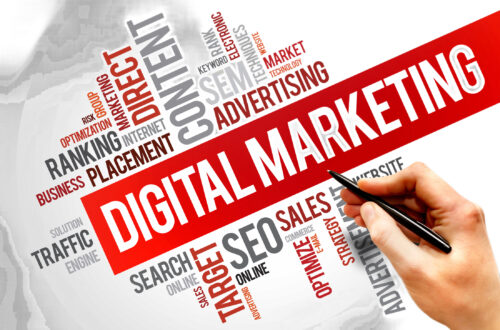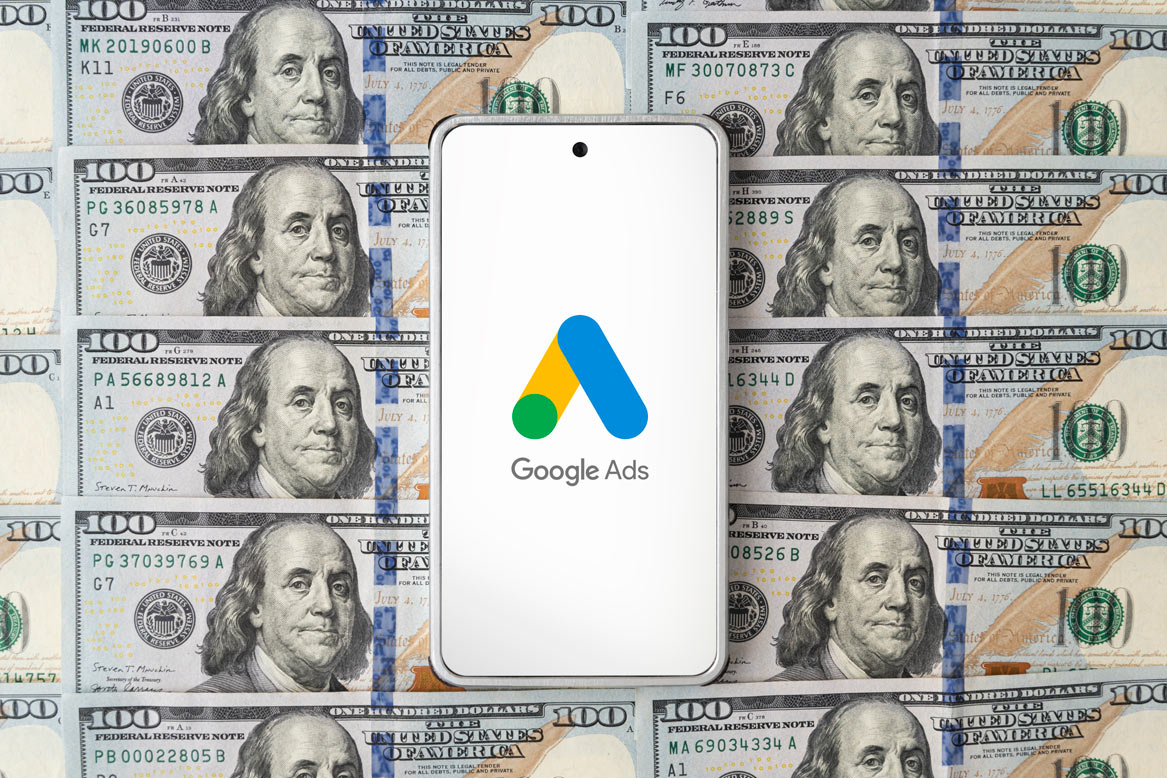If you haven’t browsed our website recently, I would like to invite you to do so. We have a wealth of information on many important and interesting topics. All of our papers are free. For just a few top papers you may have to share your email address with us…
-
-
Creating a File Shortcut in Office Applications
I think that you will love this neat little shortcut that I have been using, if you don’t know about it already. Follow the instructions below to add a shortcut link on the system file menu screen for any Microsoft Office Applications. Now, I just wish Microsoft would allow me…
-
PayPal Seriously Screws With AdWords Conversions
If you use PayPal to process credit card transactions and you are using Google AdWords to push sales on these products, a recent change PayPal has made will be seriously screwing with your ability to record conversions in Google AdWords. I’ve just spent over one hour on this and was…
-
Fix Mail Stuck in Your Out Box in Outlook 2007 and Vista
If this has happened to you, as it has to me, then you know that there is literally no information on the Web about how to fix this thorny and aggravating issue – mail is stuck in your out box that cannot be deleted. It appears that when this happens…






